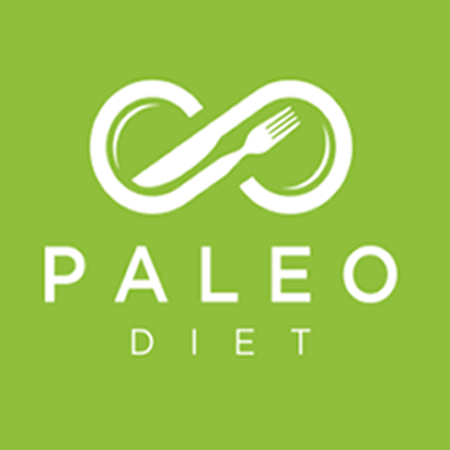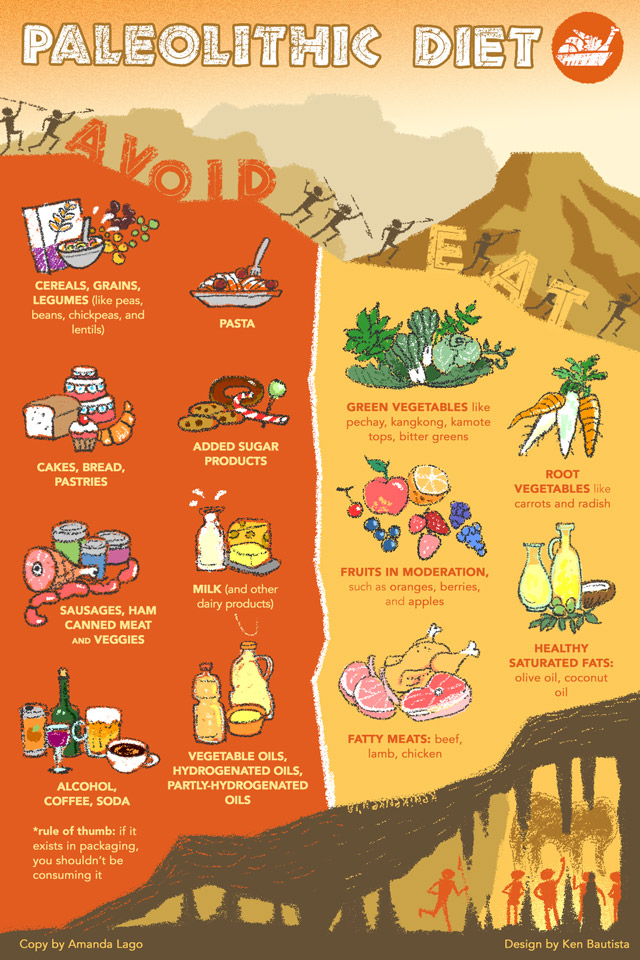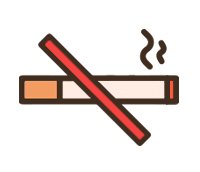
A low carb Paleo Diet is not for everyone. Many of the old nutrition and diet myths still hold strong in doctor's offices. There are many health benefits to this diet. Continue reading to discover more about the health benefits associated with the Paleo diet. Your individual health needs will determine whether or not this diet is right for you. This article will help you make an informed decision about whether or not to try a low-carb diet. Let me answer some of your questions.
Reduces inflammation
Paleo is a diet that aims to reduce inflammation. Typically, this conversation revolves around questions about specific foods or nutrients that can trigger inflammation. One nutrient that people tend to track is carbs, and a low-carb diet can be highly effective at reducing inflammation. What makes low-carb diets anti-inflammatory? Here are some tips to help reduce your carb intake while still enjoying the benefits associated with a low-carb lifestyle.
There isn't much research into the effectiveness of Paleo for Hashimoto’s. It is important to consult your doctor before you start any treatment. The diet has been shown to be effective for chronic illnesses such as Crohn’s, ulcerative, and rheumatoid. Although more research is required, it is known that the diet can be used to manage Crohn's disease and ulcerative colitis as well as rheumatoidarthritis.
Triglycerides

Although Paleo Diet was promoted as a way to lose weight, there aren’t many clear results on triglycerides. Studies show that low-carb diets can raise cholesterol and increase triglycerides. However, other studies have shown that they improve heart health. Triglycerides are fat-based energy and are stored in fat cells.
Triglycerides, the main component of body fat, are formed by the conversion from calorie intake to the fatty acids. These are stored as fat cells and released when they are needed. Excessive triglycerides, known as hypertriglyceridemia, can cause adverse effects on the cardiovascular system. A low-carb diet can help lower triglycerides.
In a study, people who ate a high-fat, low-carb diet had a significant reduction in triglycerides. Their total cholesterol levels also dropped by 13%. This low-carb diet was safe to eat for both overweight and obese individuals. The participants lost an average of 10 lbs and experienced no side effects. Overweight adults were subject to a 24-week-long ketogenic diet. Results showed lower levels for triglycerides. They also had a lower body weight and BMI. There was also a significant improvement in blood glucose and LDL.
Blood pressure
Many Paleo-lovers are concerned about the possible adverse effects on blood sugar from a low-carbohydrate diet. Healthy eating can lower blood pressure. This is possible by replacing processed foods and increasing intake of whole foods. A low-carb diet doesn't cause orthostatic hypertension (a condition many are worried about). Here are some tips on how to lower blood pressure with a Paleo diet.

One study suggested that the low-carb diet is a better treatment for high blood pressure than conventional weight-loss diets. Although the results are not conclusive this can be mentioned that it has been shown in studies to lower blood tension without causing significant weight gain. Paleo diets can improve glucose tolerance and insulin production, lipid profiles, cholesterol levels, and even improve cholesterol. The Paleo diet allows for moderate weight loss, which can help reduce the risk of high bloodpressure and obesity. It also improves glucose tolerance.
Weight
The paleo diet is not a new concept. Although the paleo diet has been around for many decades, its popularity exploded in 2000s when athletes, crossfitters, and others started using it to boost their performance. Many food companies offer paleo-friendly products today. But what exactly is it and how can you benefit? What can it do to your body? How can it help you lose weight? Learn more. This article will explore the benefits and drawbacks of a paleo diet.
A mixed-carb and fat meal triggers reward circuits in the brain. When carbs and fat are combined together, the insulin response is greater than normal, causing the body to store more fat. The combination is also very palatable, which makes it easy to put on excess pounds. This problem can be combated by cutting down on sugar, grains and harmful vegetable oil consumption. Instead, focus on whole foods and less processed food.
FAQ
How to become a chef
There are many paths to becoming a chef. A course at a local community college or vocational school is a good place to start. Consider attending culinary school. A paid internship is another option.
What should a beginner cook start with?
A beginner should start cooking something easy, like pasta, rice, or soup. You can learn how to cook by looking at a cookbook or watching a YouTube video. It's much more fun to cook with someone you know. Cooking together is fun with family members or friends.
Is there any difference between a chef or a cook.
A chef is someone who prepares food for others. A cook cooks for others. Although both jobs require you to prepare food, a chef is more involved in serving customers. This may mean that they might have to choose what to cook for guests depending on their preferences. Cooks don't interact with customers. Instead, he or she ensures that the food tastes good before serving it to anyone.
How can I get hired as a cook?
Through word-of-mouth, you can find a job to be a chef. Your friends and family members might know of a restaurant that needs additional staff. There are often openings posted on websites and bulletin boards.
Can you be a self-taught cook?
Yes, you can be a self-taught cook! It is something everyone enjoys, regardless of their level of cooking ability. Learn how to cook at home. Start small, such as making pancakes for breakfast and spaghetti sauce at dinner. It is important to experiment with new recipes to learn how to cook. You may even want to make a few mistakes along the way.
The time it takes to learn to cook can vary from just a few hours up to several weeks, depending upon your skill level. It's important to remember that cooking isn't just about following recipes. There are many different ways to prepare food, so if you have an idea in mind, go with it.
How do I learn about cooking and baking?
There are many cooking classes available all over the country. You can find courses in baking, pastry and wine tasting at many schools. If you want to learn more about cooking, you can enroll in a class at a local community college or vocational school, or attend one offered by a private institution.
Statistics
External Links
How To
How to cook steak
The right cooking method for any type of meat depends on its thickness. Thicker steaks can be cooked on a low heat. Thicker steaks need to be cooked at higher temperatures.
Don't overcook them as they will lose flavor. And remember always to remove the steak from the pan when it's done - this way, you won't burn yourself.
Cooking times depend on the size of the steak and the desired degree of doneness. Here are some general guidelines.
Medium Rare: Cook until medium-rare, which is when the internal temperature reaches at least 145degF (63degC). This can take anywhere from 3 to 5 minutes per side.
Medium: Cook to medium (or until the internal temperature reaches 160degF/71degC). This normally takes around 6 minutes per side.
Good Cooking: Cook the meat until it is done. This means that the internal temperature reaches 180F (82C). This normally takes 8 to 12 minutes per side.